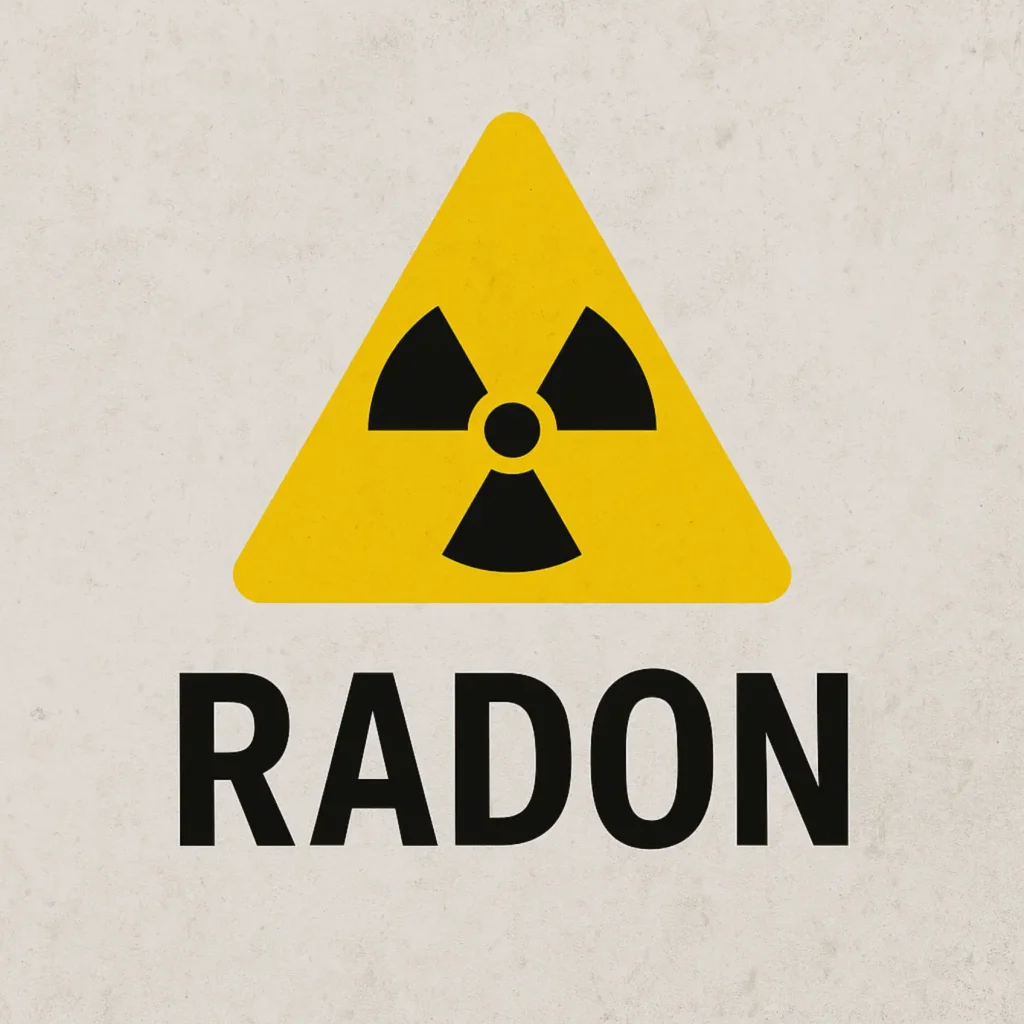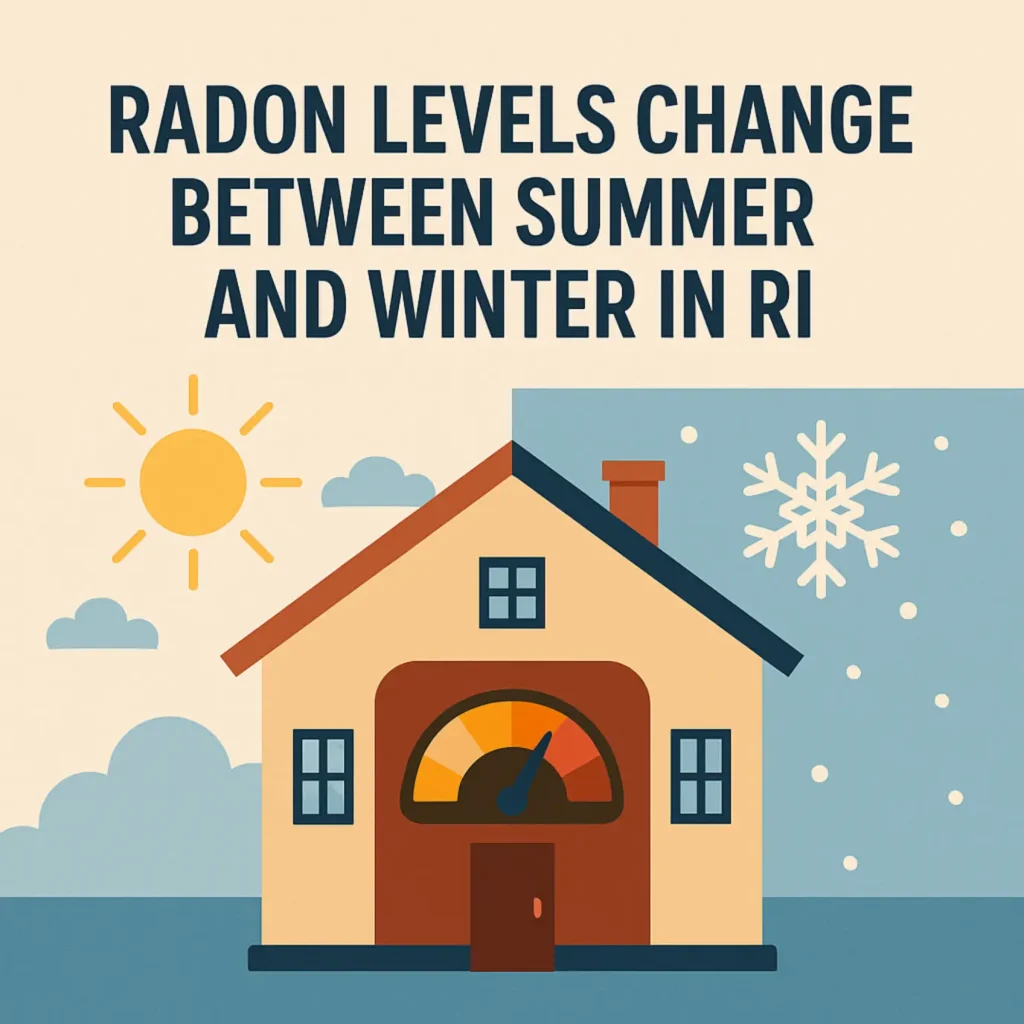Radon is a gas you cannot see, smell, or taste, but it can be harmful to your health. In Rhode Island, experts say you should test your home for radon at least every two years. If you’ve never tested, it’s smart to check as soon as possible. Radon levels can change over time, so regular testing keeps your family safe. Testing doesn’t take long and can help you find problems before they become serious. If your home has had high radon before, you may need to test more often. RI Affordable Radon can help you test and stay safe.
What is Radon and Why is it Dangerous in Rhode Island Homes?
Radon is a gas that comes from rocks and dirt underground. It can move up into homes through cracks in the floor or walls. Breathing too much radon over time can hurt your lungs and cause cancer. In Rhode Island, many homes sit on rocky ground, which can make radon levels higher. People don’t know radon is there because they can’t see or smell it. The only way to know if your home has radon is to test for it. Keeping radon low helps protect your family’s health.

How Often Should You Test for Radon if You Live in Rhode Island?
If you live in Rhode Island, you should test your home for radon every two years. Radon levels can change, even if you tested low before. You should also test if you move into a new house. If you’ve made changes to your home, like finishing a basement, it’s good to test again. Testing is quick and not expensive. It helps you catch high radon levels before they become a danger. RI Affordable Radon can help you know when and how to test.
Does Rhode Island’s Climate Affect Radon Levels in Homes?
Rhode Island’s weather changes a lot during the year. Cold winters and warm summers can make radon levels go up or down. When it’s cold, people keep windows closed, and this can trap radon inside. Heavy rain can also push radon into your home from the ground. Because of these weather changes, radon levels are not always the same. That’s why it’s important to test your home often. RI Affordable Radon knows how to check your home in any season to keep you safe.

Should You Test for Radon After Renovating Your Home?
Yes, it’s smart to test for radon after making changes to your home. Renovations can create new paths for radon to get inside. For example:
-
Adding a new room or basement
-
Changing heating or cooling systems
-
Sealing or opening up floors and walls
Even small changes can affect air flow and radon levels. Testing after renovations helps you know your home is still safe. RI Affordable Radon can help you test and fix any problems that show up.
How Do Radon Levels Change Between Summer and Winter in RI?
Radon levels can be different in summer and winter. In winter, homes are shut tight to keep out the cold. This can trap radon inside and make levels go higher. In summer, windows might be open more, letting radon escape. But even in summer, radon can still be high. Rain and storms can push radon into the ground and into your house. Because radon changes with the seasons, testing at different times of the year is helpful. RI Affordable Radon can help you test and understand your results.
Conclusion
Radon is a serious problem you can’t see, but testing your home keeps your family safe. In Rhode Island, it’s best to test every two years because radon levels change with the weather, home updates, and even the seasons. If you’ve never tested your home, now is the time to start. RI Affordable Radon can help you check your home and fix any radon problems you might have. Protect your family and your health by making radon testing a regular part of caring for your home.
